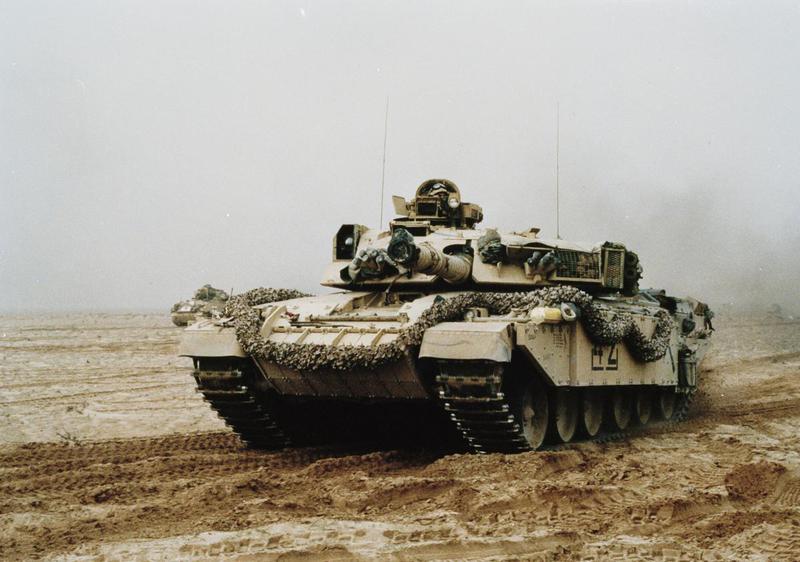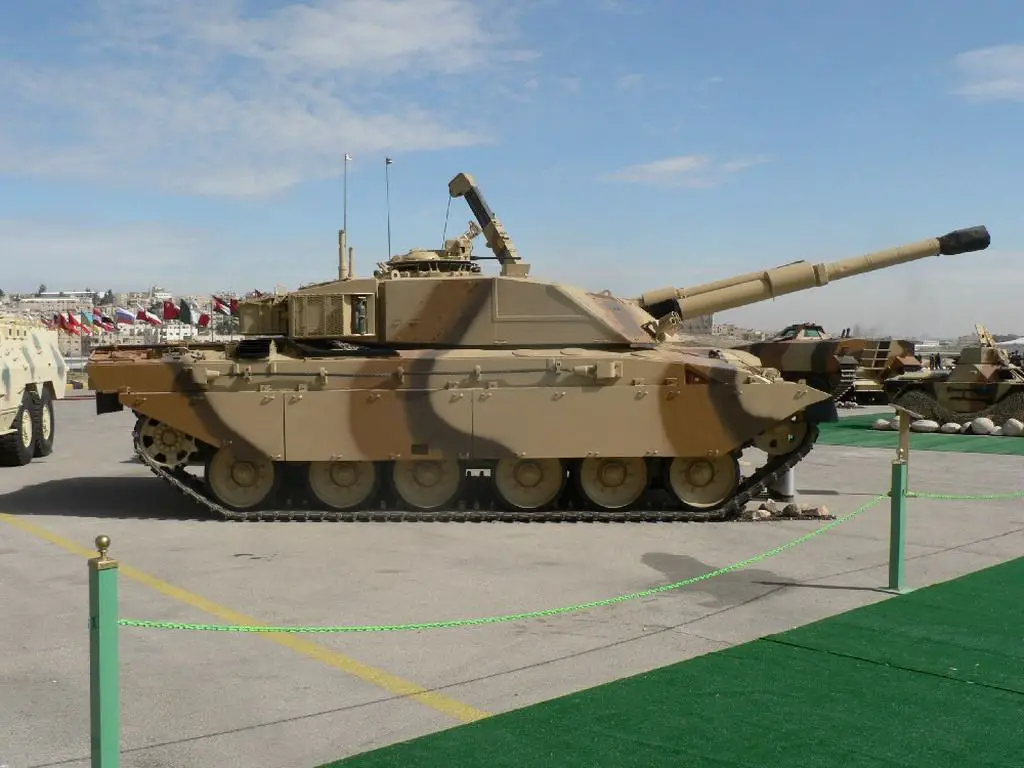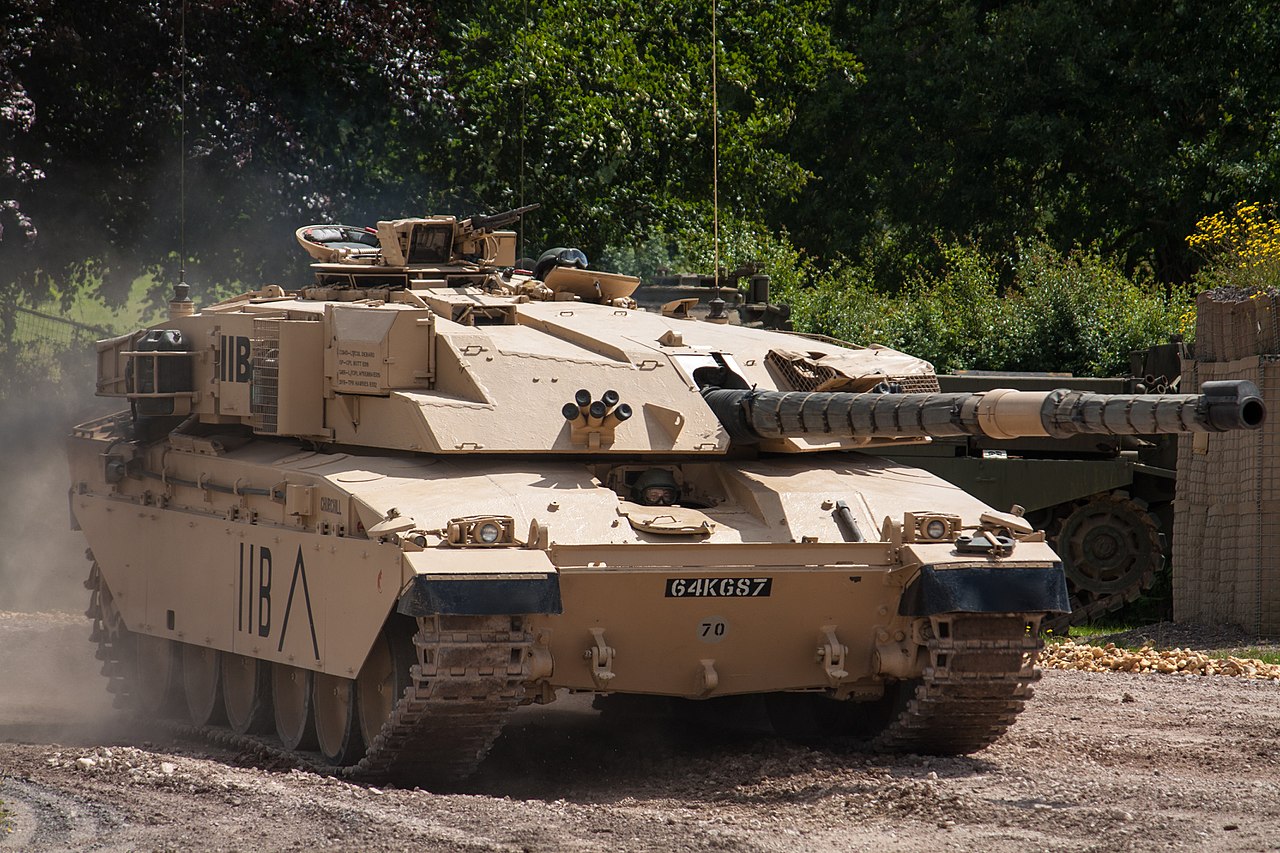T-14 "' Armata»
 History question
History question
Development of the new tank (the third post-war) generation began in the SOVIET UNION later create new main tank t-64 and in 70-e. in the works called "Theme 101" attended the Leningrad, Chelyabinsk and Kharkov designers.
A number of projects have been implemented, with both traditional and new layout, much of which remained on the drawings or as layouts.
Tanks with the traditional solutions, such as
255 Object"and"
480 Object"did not give substantial advantages to upgraded versions of the t-64 and t-72 tank with TBG. Tanks with new layout (
an object 450) required a lengthy search, how to layout design and creation of fundamentally new components.
These activities are described in detail in the material
tanks and PEOPLE. Diary of Chief Designer Aleksandr A. Morozov part 2.
In the late 70 's and throughout the 80-ies of the Kharkiv KB was chosen head on the theme of creating forward-looking tank 90-h. event data reviewed from the viewpoint of one of the developers of the tank, which is responsible for its electronic component-
the last spurt of Soviet tank designers (diary of a participant of the development of the tank "Boxer"). Options considered in the 80-ies layouts covered in material-
Tanks "Rebel", "the Boxer," "Hammer" (490 490 object object a, object of 477).
Development perspective of the tank was never completed before the collapse of the Soviet Union.
Remaining in Russia began creating forward-looking KB tank based on prevailing grazed. Mention may be made of the most advanced Leningrad
299 Object (specmash), which possessed a very bold layout. That, along with objective reasons typical for 90 's prevented its implementation.
Omsk
640 Object "Black Eagle" was also a project with very variable benefits, and therefore was chosen for demonstration (VTTV ARMS EXHIBITION 1997) and even move abroad.
Nizhny Tagil (FEDERAL) had a draft of the evolutionary development of the t-72 that did not give substantial reasons for replacement in the production of the t-72, as its solution could be realized and, in the course of modernization.
With the improvement of the economic situation, work intensified. Here, as in the two projects were complex one with high technical risk, another traditional and less risky solutions. The first is the Nizhniy Tagil
Object 195 t-95 "(" FEDERAL ") and the second the Omsk project
to develop a unified fighting compartment, the theme" Burlak "(OJSC" KBTM ").
In the year 2009 it was announced that the closure of the projects.
Start feeling that promising a tank on the post-Soviet territory and will not be created.
But in the year 2015 at the victory parade for the general public were presented to products based on the platform of "' Armata»-a new generation of tank t-14 and heavy IFV t-15 with front placement of MTO.
With the advent of the first frames "Armaty" a lot of speculation about this tank someone gave him prettified quality to something called the plywood and'd come up with nonexistent shortcomings.
Layout
Scheme with a crew in the front of the case, requires the maximum automation of the management of arms, established in the fighting compartment, creating a number of technical difficulties. Such a scheme is of interest due to the large capacity of the strengthening of the protection of the crew, including from weapons of mass destruction, as well as improving interoperability.
When placing the 3 crew members shoulder to shoulder as it was, the crew is placed in a rather comfortable conditions. But there is no possibility to implement sufficient protection onboard part of the Office crew. Even when reducing the width of the space allocated for each crew member with 70 places up to 60 cm capabilities provide protection in side plots are minimal. While rail dimensions do not allow to increase the width of the hull.
In addition, this scheme does not provide a good all-round view of the tank commander, that in a number of countries, in spite of the development of the vision is an important quality. The more
forward-looking tank in the United States.
This scheme was seen not once, since 70-ies in different countries, but the use in Soviet except for experimental designs, such as the American
FTTB not found.

Capsule crew. The driver's seat is on the left along the way.
Set the display driver (HF) mounted on a tank is intended to replace switches instrumentation and provide solutions to management tasks, monitoring operations, operational technical diagnostics systems and units of chassis and issuing recommendations on the operation of the facility.
Switching gears by pushing buttons on the stick. The most important information about the parameters of the movement displayed directly on the remote display control wheel. The monitor displays an image with a thermal appliance front review hosted on top of nasal shell host.


videosmotrovoe device and block buttons

View of the driver, gunner's, located at the center of the crew capsule

Monitors PMF-5.0 with high resolution LCD panels in a series of panels on the "5".
The gunner on the left of the photo.
Products PMF-5.0 (5.1) have an extended set of interfaces, including touchpad with multi-touch function, etc.
Development of instrument-making design Bureau (UKBP) which is "concern Radio technology.
Information management system brings to display information about the status of weapons systems, security, mobility, etc.
Informational messages are displayed below in red showing critical messages, yellow important white staff.

View of the space for the Commander and gunner. The Commander's Panel (3) the right portion of the photo.
To them displays video from external sources, synthesized video devices (tv camera sighting systems), information sharing, extradition of the navigation map information as well as enter and transfer of information to control the main tank systems. Remote control installed under the panels, gunner and Commander have similar devices

The devices are manufactured in Russia and standardized for the whole line of prospective land-based machines ("' Armata", "Kurganec", "Boomerang"). Manufacturing and Assembly devices still happens manually, but their reliability is growing.
It is on these devices is based, the Office tank.

Commander's station. Visual overview of the terrain is carried out through three inspection device. The basic information you want to receive through the tank located on the perimeter TV camera and multichannel observation sight panaramicheskij.
Such a decision can be called very courageous, especially for ground vehicles, where conditions are much tighter than in aviation. Right remote control AVSKU-e (internal communication equipment switching and control). Under remote control-optical sensor system for fire-fighting equipment (OD 1-1). Installation of optical sensors and high-speed cylinders in the fighting compartment provides fire detection and extinguishing agent release during not more than 150 Ms. Such sensors installed around the perimeter of the capsules

View of the rear of the crew capsule. Visible ventilation and air conditioning equipment

Despite the myriad of digital innovations, some traditions are uncountable tank in the post-Soviet, for example is not very neat welds.
Comfortable seating is a big step forward compared to previous generation tanks

Look on the side of the gunner's crew capsule. Crew seats have a wide range of adjustments, providing convenience crew
Protection
The layout of the "Armaty" is similar to "object waste 195. Improving the security of the crew achieved porting jobs crew stationed in the Tower, in highly secure bow hull module, weight protection which can be increased by the amount of reduction of weight of Tower Defense, by reducing its size and internal volume destined for jobs crew.
Improving security and the survival of the crew module is achieved by the reduction of the total area of all internal surfaces of the management module (compared to the classical layout of the tanks Office inhabited).
Armament module separated from the transverse bulkhead, which reduces the probability of a crew module.
Pozharovzryvobezopasnost module and the survival of the crew achieved complete separation of the jobs of the crew from the sealed fuel volume and of ammunition.
Schematic drawing of the general arrangement
the t-14 "' Armata" (similar to the t-95)
The specified authors patent advantage along with the above, has another disadvantage-lack of protection of the tower. This issue will come as prospective developers came and Soviet-era tank-"hammer", "Note".
The complex consists of a combined tank protection and dynamic security protection installed in protecting the front of the chassis with the crew capsule.
Also reactive armour is installed on the sides of the body (to the power pack compartment). Front tracked branches blocked the DMZ, which is especially important when placing crew in the chassis. In front of the side shell of the DMZ blocks are executed folding for easy maintenance of the undercarriage. Total solution for installing DMZ resemble her tank installation note (KMDB).
Top reactive armour covered Tower, also the DMZ is established for the protection of the capsule, including hatches. Part of the side shell in MTO area covered with lattice screens.

DMZ covers both the upper and lower part of the nasal shell host.
Externally, the DMZ is similar to the t-95 is being installed. the working surface of plate metaemoj significantly increased
Technical requirements for advance tank raised during the Soviet period demanded of top protection against chemical energy ammunition with armor-piercing capacity 250- 300 mm . Despite a small envelope and roof hatches that are perfectly visible in the photos, you can assume that this requirement is met.
The major feature of the tank is a set of tools for protection against high-precision weapons. They include complex active protection, provides cover in the range 120° in the turret and complex productions multispectral and laser indicators veils and UV radiation is installed around the perimeter of the tower.
To fire false IR and RADAR targets quickly and accurately in the direction of attack wherever it is not podletalo without turret rotation, require the use of a rotatable launchers quickly.
Thus, from attacking in the horizontal projection of the ammunition protection provides KAZ and jamming complex (two rotating installations of the Tower). And from the attacking top-jamming complex (two fixed installations towards top).
It also establishes a system of mine electromagnetic protection.
Complex protection of the tank against the WTO
Perimeter turret lights laser irradiation and ultraviolet radiation (missile-detection system).
Under the front indicators of exposure and the rockets placed radar detection and targeting HEADLIGHT KAZ. On the roof of the turret system of start-up multispectral interference in rotary and in fixed installations

Indicators of exposure and launch photos and during a demonstration at the parade cover flaps. Beside block indicators front and side cameras TV review
Under the RADAR unit mounted launchers KAZ KAZ "Afghanite» is the development of" Blackbird. "this development CKIB SOO originates back in the 80 's difference from the" Thrush "is the possibility of correction are kontrboepripasa in azimuth (~ 0.5 m) and vertical (± 4°) complex has the ability to defeat anti-tank missiles attacking purpose on migration, but from the attacking from above does not protect

To reduce the visibility of the tank turret lightweight jacket with geometric characteristics of optimal to reduce the visibility of the RADAR wavelength range

Side view of the t-14 ' Armata in Central third of the Corps installed the DMZ blocks are optimized for protection against chemical energy WARHEAD hit angle close to perpendicular
Part of the side shell in MTO area covered with lattice screens.
Visible fixing fuel barrels. On parade in Moscow "Armaty" were without them. Apparently believe that it is not fashionable
Firepower
The tank is fitted 125 mm gun increased power 2A 82-1 m. Judging by patents gun can use as regular shots, and newly developed with increased timekeeping. Ammunition 40 shots (32 of them in the autoloader, 8-trailed). The ideology of the AL from 195 object is saved, but a small unit of 152 mm increased to acceptable values.
7.62 mm PKTM machine gun in remote-controlled installation on combined with panaramicheskim sight-device monitoring platform. 2000 rounds of ammunition in a continuous Ribbon.
The absence of a coaxial machine gun with a strange decision and undoubtedly wrong. This will lead to increased consumption of ammunition to projectiles do not correspond with the gunner 125 mm objectives to divert the Commander from the battlefield when applying a single machine gun. Any justification that can be in the form of increased to 10 shots compared to the t-72 automated boekomplektu. Autocannon calibre 30 mm as in the "Hammer" and the t-95, also is missing.
Diagram of AZ uninhabitable Tower.
Shells and charges are positioned vertically.
The pipeline is raised above the bottom of the chassis for the exclusion of jamming under deflection bottoms (SAP on mine).
The idea of installing such guns originated a long time ago, back in the late 70 's (d-91 t) and continued in the future, including "187" Object. On its potential it on 30% superior to the native.
It is known that shots of high power 3VBM22 to the BPS 3bm 59 "lead-1 and 3VBM23 with BPS 3BM60" lead-2 "with L = 740 mm have increased compared to the regular (" mango "44 3bm- 440 mm ) of armour at 100- 150 mm . Improved BPS developed for "Armaty" probably made more than 800 mm (
450/60°). It is possible to use both regular ammunition, and newly developed high power ammunition.
The truth is an open question whether all of these themes are more than two decades. So the same "lead-1" and "2" lead in formally composed of ammunition of modernized t-72, t-80UA, t-80UE1 even with the year 2004.
To combat infantry designed shot
3VOF 128 "" pectoral cross -1 (completion of OCD- 2014 g ) weights implemented so-called information gap on approach to goal (uprezhdennoj point) to defeat the goal of axial flow GGE; so-called information gap over the goal to defeat the objectives of a circular field of shrapnel shell; percussive ground breaking with instant installation (fragmental); shock ground the gap with high-action fugasnoe (small slowdown); percussive ground break from installing on pronikajushhe-fugasnoe action (great slowdown).
Armament stabilizer 58 2e-electromechanical with electric drive vertical and horizontal guidance. Has low power high precision and lower fire risk.
Beamformer CID-2 is installed at the base of the trunk. Provides automatic measurement of bending of the barrel during firing.
Wind and pressure sensor (DIA). Capacitive sensor provides measurement of longitudinal, transverse wind and atmospheric pressure.
Mobility

"' Armata" is equipped with a 12-cylinder signify the x-shaped diesel engine with Turbo 2B-12-3 a. swing mechanism with GOP
1200-horsepower engine. According to the developers, there are opportunities to advance up to 1500- 1800 l . s. in the long term.
The total capacity of the fuel tank system 2015 litres with two connected barrels. Of them in internal and external fuel tanks tank 1615 litres , fuel partially placed inside the chassis ( 816 litres ), the rest of the fuel tanks at the nadgusenichnyh shelves in the rear part of the hull.
Mechanical transmission with planetary Central gearbox with automatic switching. Built-in reverse can provide an equal number of forward gears and reverse gear, which is important when unification chassis with rear and front-engine. Cooling fan drive two-stage managed.
Stiffness of suspension is 167. 206 kN/m, and the resistance of hydraulic shock absorber on the forward and reverse strokes not exceed 55 kN and 120 kN, respectively.
torsion shaft has a level of operating voltages over 147 · 104 kN/m2 and spin more permissible angle of 80°.

T-14 "' Armata" without power screens
Damping characteristics of gidroamortizatora is a high speed, then there is a dependence of effort of resistance of speed on the lever. Kinematic coupling gidroamortizatora with suspension made with the ability to ensure the ratio of vertical reference speed skating rink track propeller tracked vehicle to the speed of movement of the lever gidroamortizatora 0.15 ... 3.5 with an increase at the end of turn key ice rink.
Achieved increase progressivity cushion system suspension characteristics and smoothness of tracked vehicles weighing up to 55 tons.
1 -idler wheel; 2-track; 3-track rollers; 4-supporting rollers;
5-torsion shaft; 6-saw; 7-hydraulic shock absorbers; 8 rods
Shows a progressive suspension characteristics, in comparison with the Leopard 2 tank suspension»
Evaluation of the project
The positive side of the project that it was implemented, more than any of the promising projects of the tank on the post-Soviet territory after the creation of the t-64.
A positive for the industry in the Russian Federation is the development of new technologies (touchpads), a new element base tank management systems (MIS, LMS, etc.), which could be a major impetus in the development of electronic industry.
Given sufficient attention to the comprehensive protection of the tank-KOJeP, KAZ, DZ, etc.
Ergonomics meets the modern requirements.
Negative features of the tank derived from the choice of layout, this inability to provide sufficient clearance for capsules armor onboard accommodation shoulder to shoulder, fire Tower modern automatic cannons, the lack of Visual channel sights for the Commander and gunner, the inability to ensure the all-round view from the Commander's station. Exhaust on both sides raises IR visibility.
From avoidable shortcomings noted the absence of paired with a machine gun. And sight-stand-in gunner.
And the main thing is that you can still add a tank being tested, released them at the moment a small amount. Most of the systems are installed in "still" not enough Armate mastered will undoubtedly require much time to cure "childhood diseases". So what's to be or not to be "Armate» time will tell.
http://www.microsofttranslator.com/bv.aspx?from=ru&to=es&a=http://btvt.info/2futureprojects/armata/armata17.htm


































